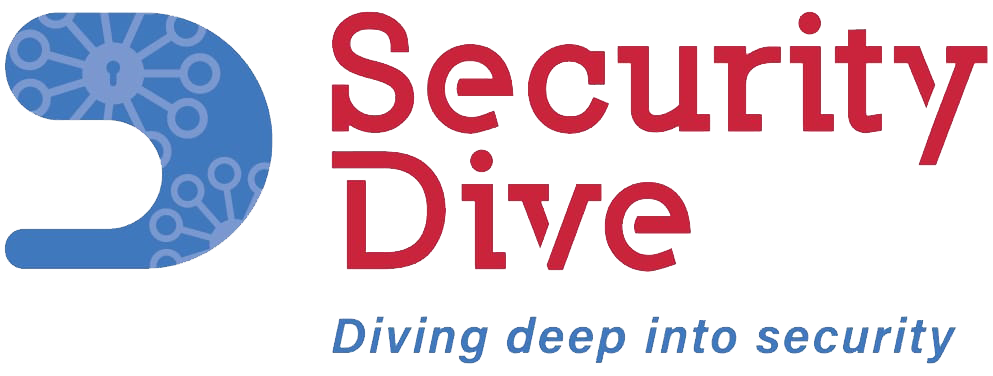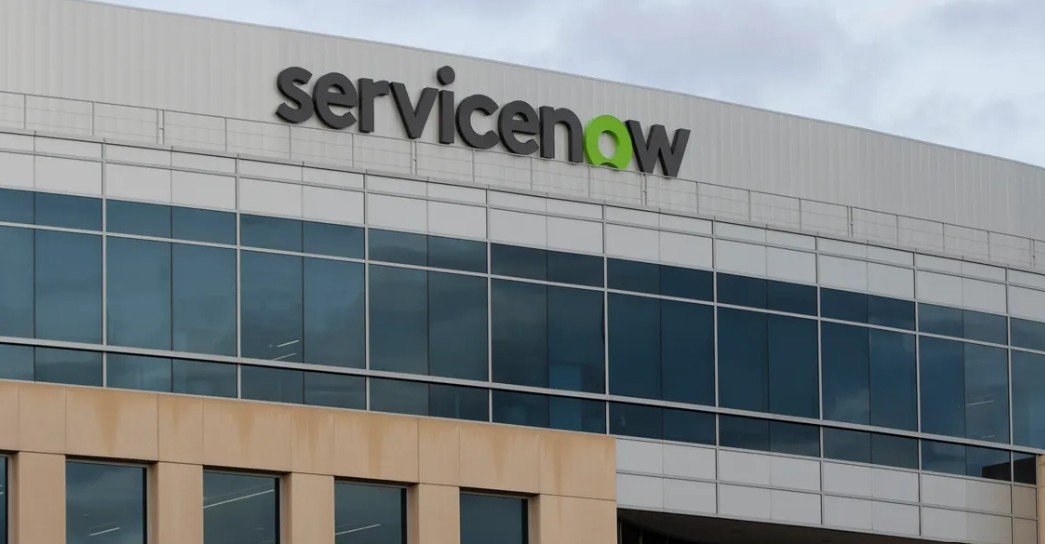The battle against ransomware attacks has intensified during the April 2022 through April 2023 period, as proven by the key findings in this year’s report from Zscaler Cloud.
As per Zscaler cloud, ransomware attacks witnessed a staggering 37.75% increase, signaling a growing threat to organizations worldwide.
Worse, the payloads observed in the Zscaler sandbox surged 57.50%. With ransomware extortion attacks based on the number of infected victims soaring by 36.68% in the same period, it’s clear that businesses must be prepared to combat this ever-evolving menace.
The United States stands as the primary target for ransomware campaigns and is impacted more than any other country.
The threat landscape continues to evolve, with the emergence of encryption less ransom attacks gaining traction. This insidious approach presents a new challenge as attackers bypass encryption to directly target and compromise vital systems and data.
Ransomware targets that hit Industries widely across nations:
The manufacturing, services, and construction sectors have been the targets of ransomware attacks more often.
Known for their critical infrastructure and valuable intellectual property, these industries have become prime targets for cybercriminals seeking financial gain and disruption.
Businesses must adopt a comprehensive zero trust security strategy to combat the rising tide of increasingly sophisticated ransomware attacks.
How organization can implement robust measures such as zero trust network access (ZTNA) architecture, granular segmentation, browser isolation, advanced sandboxing, data loss prevention, deception technology, and cloud access security broker (CASB) solutions.
The answer is by adopting these proactive defenses, organizations can fortify their security posture and effectively protect against ransomware attacks.
Methodlogy of research:
The research methodology for this report is a comprehensive process that uses multiple data sources to identify and track ransomware trends. The report team collected data from a variety of sources, including:
Zscaler’s global security cloud, which processes over 300 trillion daily signals and blocks 8 billion threats per day, with over 250,000 daily security updates.
The team analyzed this data—which includes information about the source IP addresses, destination IP addresses, and file types associated with ransomware attacks—to identify ransomware activity. External intelligence sources.
Data was collected from external intelligence sources, such as threat intelligence feeds, open source research, and law enforcement reports, which provided additional information about ransomware attackers, their targets, and their methods.
ThreatLabz research team’s own analysis of ransomware samples and attack data.
Key trends in Ransomware identify key trends in the ransomware threat landscape.
This includes:
- The most active ransomware families
- The industries and geographies most targeted by ransomware
- The most common attack vectors used by ransomware attackers
- The most effective methods for defending against ransomware
This report is a valuable resource for organizations seeking to understand the ransomware threat landscape and take steps to protect themselves from attack. It provides valuable insights into the latest ransomware trends as well as best practices for prevention and response.
(Image courtesy: www.sig.org)



